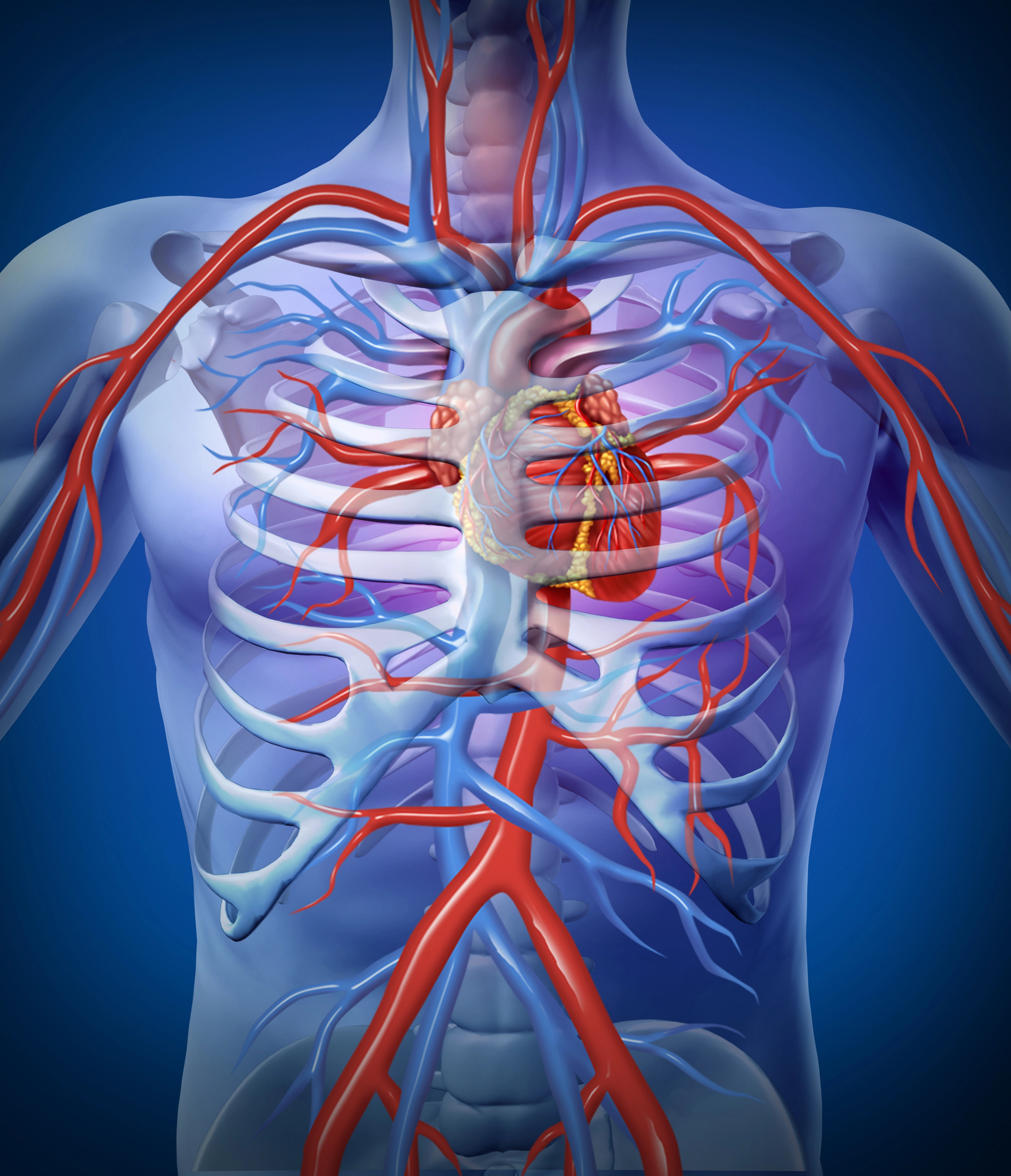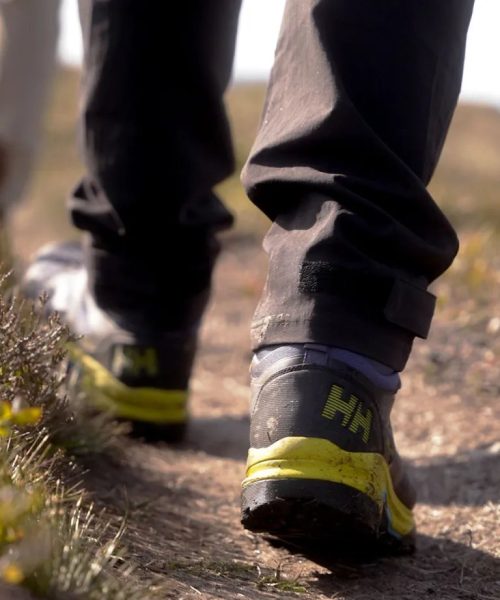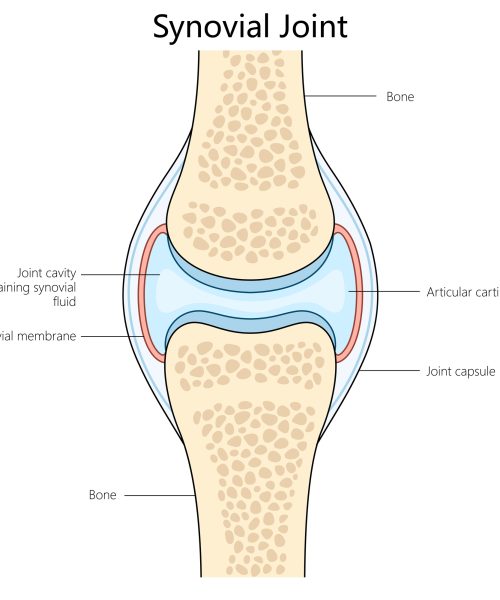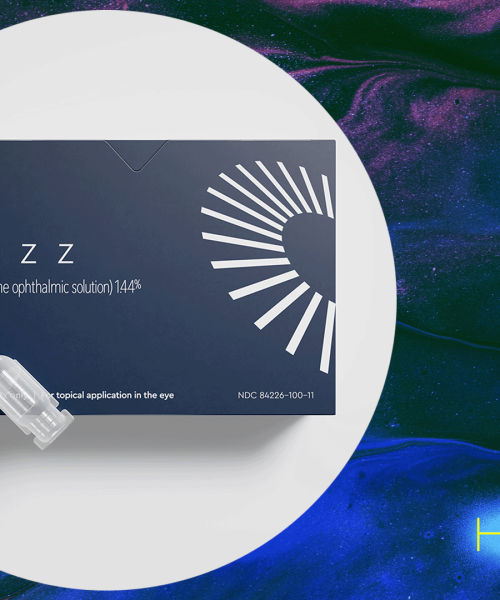So many of us have been there: striding into a group fitness studio only to be hit with a wall of heat. You thought it was just supposed to be a pilates class, but for some reason it’s taking place in a mirrored sauna. With every motion, the intensity feels amplified and the burn becomes a double entendre. Afterwards, you’re extra exhausted. That must mean you got an extra effective workout, right? Not necessarily.
The hot fitness trend has picked up steam in recent years. What started with yoga has become a full on heat wave. Large gym chains now offer hot versions of HIIT, strength training, and pilates classes. Some nationwide fitness studios have built their brand entirely on the idea of hot offerings, claiming a more intense workout plus detoxification, cardiovascular, weight loss, and muscle benefits.
Yet not all of those claims stack up to science. Exercise is undoubtedly good for you, but experts say you don’t have to add heat to the mix to reap the rewards of healthy movement. In certain cases, hot workouts might even be less effective than room temperature fitness sessions. Here’s how to understand when to turn up the heat and when to chill.
Working hotter, not harder
The human body functions best in a narrow internal temperature range, around 97 to 99 degrees Fahrenheit. Go too far beyond that and systems—including organ systems—begin to fail. So, our bodies do a lot to thermoregulate and stay in that ideal zone.
Exercise itself raises body temperature because of all the additional heat produced by the cellular work involved. To cool ourselves, we sweat. When exercising in warm conditions, your body has to put in extra effort to keep cool, triggering a cascade of bodily stressors, Rachael Nelson, an exercise physiologist at Central Michigan University, tells Popular Science. You sweat more and thus lose more fluids and blood volume. Note: sweating is NOT synonymous with detoxification. There is no cleansing benefit.
In response to that extra fluid loss (i.e. dehydration), your heart has to pump harder and faster to keep muscles supplied with blood. Staying cool also necessitates moving blood to the skin surface to offload heat outside the body. Again, that forces the heart to work more, and with fewer resources, Nelson explains.
Your “heart rate will be elevated,” she says, making the workout “will feel harder, but you really are doing the same amount of work.”
That bears out in research. In a 2017 study co-authored by Nelson, fitness class participants reported getting a more intense workout and working harder in a 20-minute hot yoga session compared with an identical room temperature session. However, their oxygen consumption in the two settings was about equal, signalling they exerted the same amount of physical effort. Participants’ heart rates were higher during the hot class, but that extra cardiovascular stress didn’t translate to more bodily work overall.
Related Health Stories
In fact, if you’re not used to the burn, working out in a hot setting might lead you to train less hard, says Stacy Hunter-Cooper, a physiologist at Texas State University. “When you’re in the heat, you sometimes have to take breaks because the effort is just so demanding. It takes so much out of you physically, but also mentally,” she says, drawing on her own experience as a yoga practitioner and a researcher. That added psychological challenge could mean “you stand to get less out of a workout when you’re exercising in the heat.”
Again, research demonstrates this, Craig Crandall, a professor of internal medicine at the University of Texas Southwestern Medical Center, tells Popular Science. In hot environments, “the effectiveness of a workout is often lower.” A person running two miles will do so faster at 60 degrees Fahrenheit than at 104 degrees, Cradall says, and feel less fatigued afterwards. They will also be better poised to go farther and faster, if asked to push themselves to their physical limit. “You’re going to do more work in that 60 degree room,” versus a hotter space, he says. So, if you’re trying to build muscle or endurance, heated workouts likely aren’t the most straightforward way to do that.
Heat and heart health
There is one, largely undisputed benefit of working out in the heat that you won’t get from exercising in an air conditioned room: heat acclimation. Hot exercise makes you better at hot exercise, if you do it frequently and consistently enough, Craig Crandall, a professor of internal medicine at the University of Texas Southwestern Medical Center, tells Popular Science. We can adapt to heat, to a certain point.
Studies of athletes routinely show that, with regular exposure, performance in hot conditions improves over time. Acclimating to heat can prompt physiological shifts, including an increase in blood volume, an increase in sweat volume, and potential shifts in how efficiently your blood vessels respond to those alterations in volume and stress. Together, these factors mean your heart has to work less hard in hot conditions.
However, not all research has come to the same conclusion here, and the effects and benefits may vary according to the regularity of exposure, type of exercise, or between athletes and average Joes.
For instance, in a 12-week study involving 52 sedentary, but otherwise healthy adults, Hunter-Cooper found no additional vascular benefit to attending heated yoga sessions three times per week, compared with room temperature sessions. She went into that study believing they’d find a combined complementary effect of heat and movement, but “our hypothesis was not supported by the data.”
Instead, yoga in any form seemed to confer a vascular health boost and heat didn’t significantly increase the effect. This could mean that three 90-minute yoga sessions a week aren’t enough to prompt heat acclimation. Or it could mean that the benefits of heat acclimation only kick in past a certain level of athletic conditioning or exercise intensity.
Crandall notes that three heated exercise sessions per week is probably the absolute minimum threshold for achieving heat acclimation—and really, daily is the best bet. If you’re engaging in heated workouts less frequently than that, all you’re doing is adding acute stress on your heart and vascular system each time.

Stress on the heart isn’t necessarily a bad thing, if you are healthy enough to handle it. Exercise itself stresses the heart, towards the goal of boosting heart health in the long-run as the organ adapts. At the moment though, Cradall says there’s no clear answer as to whether inconsistent heat stress offers any cardiac benefit. He emphasizes that anyone with a cardiovascular condition should consult their healthcare provider before trying out a heated workout class.
Heat’s other virtues?
Beyond heat acclimation, other widely touted benefits of hot workouts are based on limited, often overstated research.
For instance, there’s the claims about calories and weight loss. Our bodies do make subtle metabolic adjustments when exercising in hot environments, notes Nelson. Cells preferentially metabolize carbohydrates over fat as temperatures rise. Because carbs are a slightly less efficient energy source, Nelson says hot exercise can burn more calories “but it’s a very modest difference,” on the order of a single digit rise in a 30-60 minute session.
It could add up over time, she says, but it might also be that extra tiring hot workouts lead people to compensate for that loss by prompting more hunger. We don’t yet have enough research to definitively say if or how hot workouts affect weight loss efforts, she says.
Similarly, some studies indicate heat can boost flexibility and range of motion during stretching. But these trials have been small, and largely limited to applying direct heat to a limb or muscle group—not simply moving that muscle in a warm room.
Finally, Hunter-Cooper published a 2023 study which found that hot yoga sessions lower blood pressure and reduce the negative impacts of a high sodium diet among participants. But that research lacked a room temperature control for comparison. It’s possible that the movement itself, not the temperature, drove the benefit.
“The most important kind of exercise is the exercise people are willing to engage in,” she notes. If you like a heated workout, then that’s the kind of workout you should do. And on the flipside, If you don’t enjoy the added psychic and physical strain of a sweaty fitness studio, there’s no science-backed need to subject yourself to it. “It all depends on your goals.”





